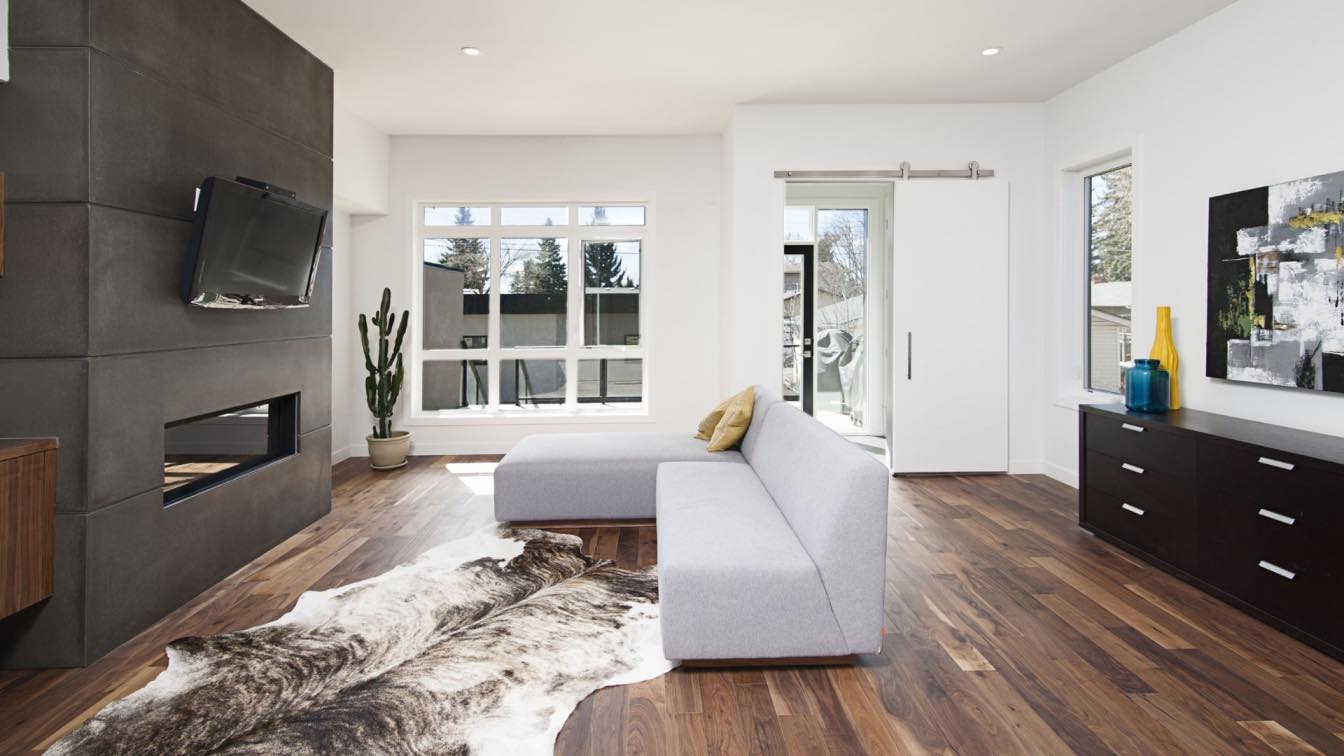In an unpredictable world, ensuring the safety of your home and loved ones is paramount. Building an emergency-safe home involves more than just structural integrity; it encompasses preparedness for a variety of emergencies, including natural disasters and medical crises. A crucial component of this preparedness is CPR (Cardiopulmonary Resuscitation) training, which equips individuals with the skills to respond effectively in life-threatening situations. In Ottawa, where community safety is a priority, understanding how to create a safe environment and the importance of CPR training can make a significant difference.
Steps to Build an Emergency-Safe Home
1. Assess Risks and Vulnerabilities
Start by assessing the specific risks your home may face. In Ottawa, common threats include severe weather (like snowstorms and flooding), fires, and medical emergencies. Understanding these risks will help you develop a tailored emergency plan.
2. Create an Emergency Plan
An effective emergency plan outlines how your family will respond to various situations. This plan should include escape routes, communication protocols, and a designated meeting place outside your home. Make sure every family member knows their roles and responsibilities during an emergency.
3. Invest in Safety Features
Consider installing safety features such as smoke detectors, carbon monoxide detectors, and fire extinguishers. Ensure these devices are regularly maintained and tested. In addition, consider adding reinforced doors and windows to protect against intrusions and harsh weather.
4. Stock Emergency Supplies
Equip your home with an emergency kit that includes essentials like water, non-perishable food, a flashlight, batteries, first-aid supplies, and a whistle. Regularly check and update your kit to ensure that everything is functional and not expired.
5. Create a Safe Room
Designate a safe room in your home, preferably in the basement or an interior room without windows. This room should be stocked with emergency supplies and can serve as a refuge during severe weather events.
6. Educate Your Family
Knowledge is a powerful tool in emergencies. Conduct regular family meetings to discuss your emergency plan, review safety protocols, and practice drills. This ensures everyone is prepared and knows what to do when an emergency occurs. Encourage family members to pursue BLS certification, which provides comprehensive training in CPR and other basic life-saving skills.
The Role of CPR Training
While preparing your home is crucial, knowing how to respond to medical emergencies is equally important. CPR training in Ottawa provides life-saving skills that can make a difference during critical moments. Here are some reasons why CPR training is essential:
1. Immediate Response Capability
In emergencies such as cardiac arrest, every second counts. CPR can significantly improve the chances of survival. According to the American Heart Association, immediate CPR can double or triple a victim’s chance of survival. By ensuring that family members are trained in CPR, you can create a safer environment in your home.
2. Confidence in Crisis Situations
CPR training instills confidence in individuals when faced with medical emergencies. Knowing how to perform CPR can alleviate anxiety and hesitation, enabling prompt and effective action when needed. This confidence can be particularly valuable during stressful situations.
3. Community Safety
In Ottawa, community-focused initiatives often emphasize the importance of CPR training. Organizations and local governments frequently offer courses that teach citizens these vital skills. Participating in CPR training not only prepares you for personal emergencies but also equips you to help others in your community.
4. Building a Culture of Preparedness
By promoting CPR training within your family and community, you contribute to a culture of preparedness. Encouraging friends, neighbors, and colleagues to get certified can create a more resilient community capable of responding to emergencies effectively.
Finding CPR Training in Ottawa
For those interested in obtaining CPR certification, numerous organizations in Ottawa offer comprehensive training courses. Look for accredited providers that cover various aspects of CPR, including adult, child, and infant resuscitation techniques. Courses often include practical hands-on training and certification upon completion.
In conclusion, building an emergency-safe home involves a multifaceted approach that includes assessing risks, creating a robust emergency plan, and investing in safety features. Equally important is the knowledge and skills gained through CPR training, which can empower individuals to respond effectively in medical emergencies. By taking these proactive steps in Ottawa, you can ensure the safety and well-being of your loved ones, creating a secure environment ready to face any challenge.





